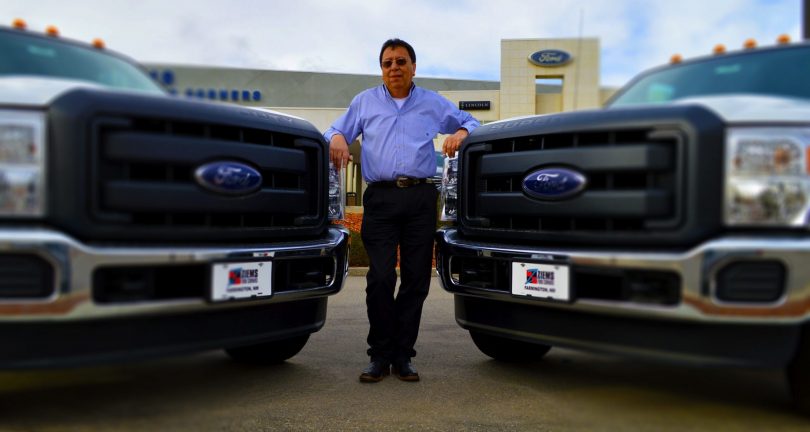If you’re considering company cars for your business, some congratulations are in order! That’s because you are now at a point where your firm is growing. And your business has now reached a point where it can afford to lease vehicles for its employees!
When you need to get more than one company car, it makes sense to set up a fleet department within your organization. But if you have no knowledge of setting one up, what do you need to do?
Here are some pointers to help you get started. Don’t worry; you can thank me later for this dynamite advice!
Hire someone skilled in fleet management
The first thing you should consider doing is to hire someone that has experience in fleet management. It’s not an essential step, but it’s one that can benefit your company in many ways.
For example, experienced fleet managers will know how to negotiate the best deals with lease firms. They are also good at haggling on insurance policies from providers like insure-fleet.co.uk.
They’ll also know of the best vehicles to choose for your fleet. After all; the last thing you want to do is spend money on models that cost your company and its employees more money than they need to!
I recommend posting job ads on sites like Indeed and Monster. That way, you are bound to get the best person for the job.
Don’t buy your cars: lease them instead
Unless you’ve got an almost limitless budget the likes of companies like Apple have, buying cars for your fleet is a bad idea. It’s more cost-effective to lease the vehicles you need in your fleet. For a start, you avoid that three-year depreciation hit that all new car owners suffer.
In essence, you are only “renting” the car for a particular period. When your lease deal is up for renewal, simply hand the car back and order another brand new one! The thing about brand new cars naysayers won’t tell you is they cost little to maintain.
All you have to do is pay for servicing each year. And you can even include those costs in your lease agreements.
Limit yourself to fuel-efficient vehicles
Getting a fleet of Range Rovers might sound awesome but, in reality, it’s a fleet manager’s worst nightmare! In general, non-fuel-efficient vehicles cost too much to insure, lease and maintain.
They will also cost a fortune to fill up with fuel. If your company pays the fuel expenses for each of its vehicles, it could end up bankrupting your firm! That’s why it’s important to limit yourself to fuel-efficient vehicles.
Consider diesels hybrids and even electric models for your fleet. Your cash flow will thank you later!
Make a business case for each vehicle
Today’s final tip is to ensure you only get vehicles you need, not ones that you want! It’s easy to say that you’d “like” to have particular models “just in case.” But what you should be doing is making a business case for each vehicle that gets requested. Here’s an example business case:
“Leasing a new panel van will help your warehouse staff to move goods from your different locations quicker. And it will also save you 25% on your transport costs too.”







